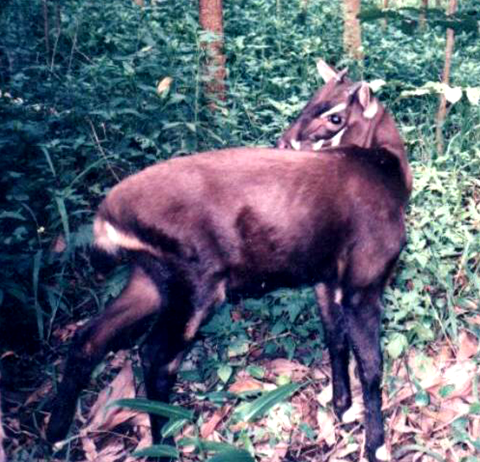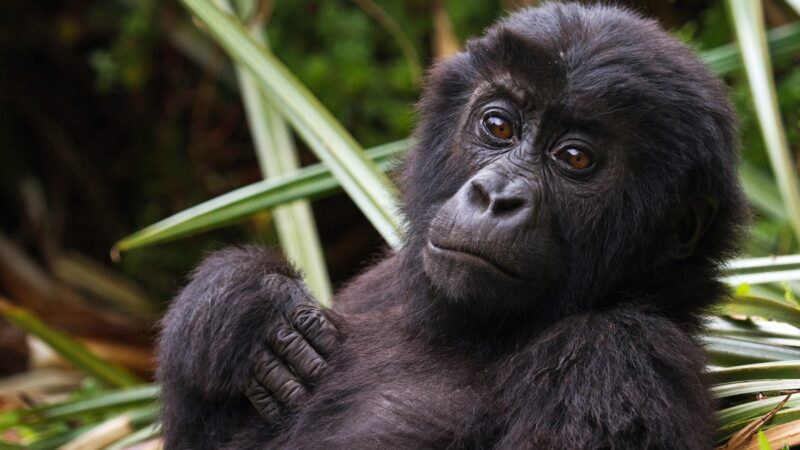Can Science Help Save the ‘Asian Unicorn’? Maybe.
One of the rarest animals in the world is, in fact, a unicorn—at least by one name. But most people call it a saola (Pseudoryx nghetinhensis). Known as the “Asian unicorn” thanks to its unique horns and its near-mythical status, the extremely rare saola might actually be extinct in the wild. No one has seen one since 2013, after all. But these unicorns might still be out there, roaming the dense mountainous forests of Laos and Vietnam in secret. Scientists are working on strategies to preserve the species behind the scenes, just in case it’s not too late.
An international team of researchers have mapped the saola’s genome for the first time ever, according to the University of Copenhagen. The team recently published their results in Cell, a scientific journal. This breakthrough could help save the saola by providing key insights into the animal’s genetic makeup. For instance, scientists learned that there are actually two genetically distinct populations of saolas, and this knowledge could help conservationists come up with a better plan for saving the species through captive breeding.
[RELATED: These 21 Species Are Coming off the Endangered Species Act, Because They’re Extinct]
“If we can bring together at least a dozen saolas – ideally a mix from both populations – to form the foundation of a future population, our models show the species would have a decent chance of long-term survival,” Rasmus Heller, senior author of the study, told the University of Copenhagen. “But it hinges on actually locating some individuals and starting a breeding program. That has worked before when species were on the brink of extinction.”
See the Asian unicorn (aka saola) here:

Read the full scientific study here.
Header image is from Silviculture via Vietnamese Wikipedia (CC BY-SA 3.0)
Source: https://outdoors.com/can-science-help-save-the-asian-unicorn-maybe/






